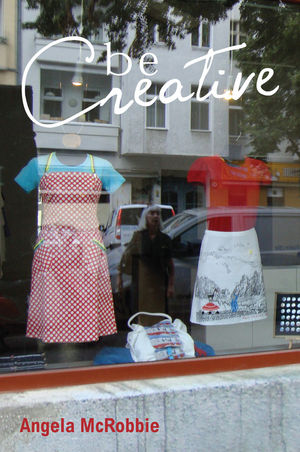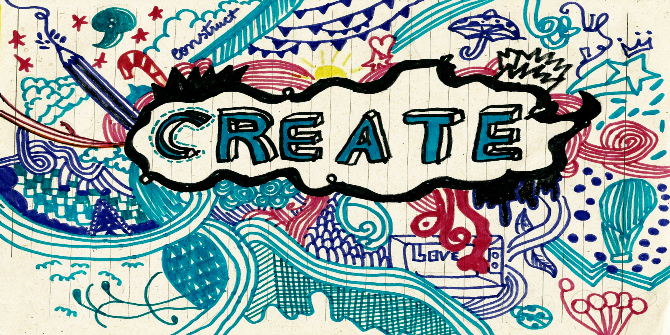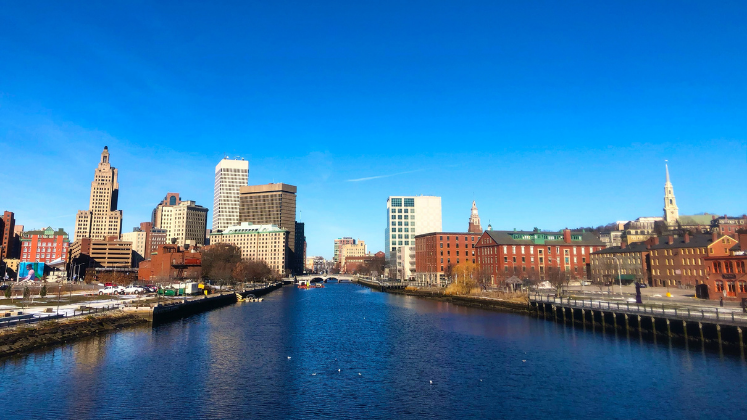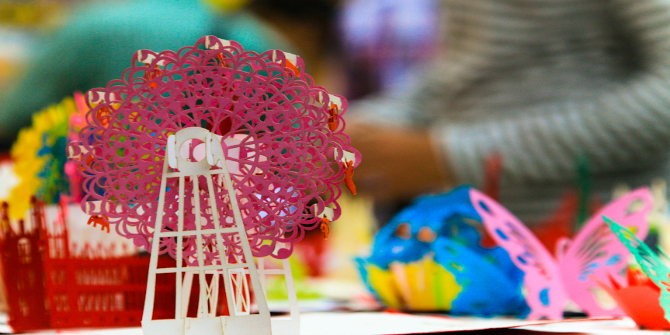In Be Creative: Making a Living in the New Culture Industries, Angela McRobbie addresses how the encouragement to foster one’s ‘creativity’ as a set of capacities or skills necessary for professional success is entwined with the rise in freelance, temporary and low-paid labour. Drawing upon McRobbie’s extensive contributions to the field of cultural and creative industries, this book underscores the contemporary link between creative work and precarity, but also offers hope for future change, writes Paz Concha.
Be Creative: Making a Living in the New Culture Industries. Angela McRobbie. Polity. 2015.
 In Be Creative: Making a Living in the New Culture Industries, Angela McRobbie revises the role of creativity as a dispositif or new form of governmentality and labour reform for the current generation of precarious jobs in the cultural and creative economies. In this book, a compilation of her prolific work from the past decades and some new additions, she takes a look especially at the crisis of employment for young people across Europe and the UK since 2008, using case studies drawn from London, Berlin and Italy, among others.
In Be Creative: Making a Living in the New Culture Industries, Angela McRobbie revises the role of creativity as a dispositif or new form of governmentality and labour reform for the current generation of precarious jobs in the cultural and creative economies. In this book, a compilation of her prolific work from the past decades and some new additions, she takes a look especially at the crisis of employment for young people across Europe and the UK since 2008, using case studies drawn from London, Berlin and Italy, among others.
The introductory chapter is a clear summary of the main argument of the book, discussing how the vocabulary of ‘creativity’ is being used for a ‘set of capacities’ or skills that professionals acquire in order to participate in the labour market. In this context, creativity has an ideological effect, by which young people buy into an idea of self-entrepreneurship and individual career advancement as the only means for success. The author considers the central role of the ‘entrepreneurial’ Arts and Humanities University in the new economy, where education results are the key element to ensure that the creativity dispositif becomes embedded in young professionals and society.
The author emphasises the dilemma of Cultural Studies: taught nowadays for its instrumental role in understanding subcultures and styles as business opportunities, but with a longstanding political role in critiquing capitalism and its way of co-opting creative practices for market purposes. McRobbie proposes that neoliberal labour reform, particularly in the UK, is succeeding by encouraging young people to ‘Be Creative!’, convincing them that the pleasure and status received for freelance, non-permanent, low- paid jobs with almost no social security are enough. The author makes a call to recover the ‘W’ word – ‘welfare in work’ (13) – in order to resist the imperative to be creative.
In Chapter Two, ‘Unpacking the Politics of Creative Labour’, McRobbie examines conceptually the idea of creativity by dissecting ‘the romance of being creative’ (33) as a new form of governmentality; or, how young creative professionals believe in passion and happiness in the workplace as compensation for precarious jobs. In the current labour market, for example, the role of unions is diminished and has been replaced by skills of ‘self-management’ to achieve success in an uncertain market of creative labour; this entrepreneurial or start-up mentality is part of the professionalisation of being creative and a marker of middle-class status. This chapter is key to understanding McRobbie’s perspective on the ideological role of creativity in the changes to the cultural economy in the UK since the late 1990s.
 Image Credit: ‘Create & Construct’ by lorraine ssssssss licensed under CC BY 2.0
Image Credit: ‘Create & Construct’ by lorraine ssssssss licensed under CC BY 2.0
However, the book gives some hope of change in the future in Chapter Five, ‘Fashion Matters Berlin: City-Spaces, Women’s Working Lives, New Social Enterprise?’ (originally published in 2013), where the author revises her research with small-scale fashion designers, social enterprises, academics and policy-makers in Berlin’s fashion scene. In this case study, McRobbie presents the possibility of creating new practices in cultural industries driven more strongly by social democratic thinking than by the neoliberal agenda. Differently from London, in Berlin the vocabulary of self-entrepreneurialism is not entrenched in the discourse about creative work by designers or policy-makers. The Berlin fashion scene follows a tradition of social projects with public support in Germany, aimed at creating meaningful jobs and promoting social inclusion through the enhancement of work skills, especially for local women.
Focusing on the area of Neukölln, the author describes the interesting case of a fashion social enterprise directed at teaching and training local Turkish-German Muslim women in fashion crafts (knitting, crocheting and pattern-cutting) with a strong focus on egalitarian management, commitment to ethical issues and contributing to the local area. She describes this as a way of ‘female ‘‘post-Fordist’’ place making’ (124), where fashion designers and other creative professionals create an alternative urban economy. The creative dispositif in Berlin’s fashion scene is put to work through Senate programmes to impact the market of fashion consumers and other programmes for fashion-craft producers, like subsidies for skill enhancement or for renting work spaces. The author presents the Berlin model as an alternative to how creative industries transform urban space in other global cities like London; but she also wonders if using creativity for doing a ‘social good’ could be a different form of governmentality, a new way of understanding compensation for long hours of low-paid casual work.
In the book’s conclusion, McRobbie introduces new case studies to discuss what other forms of social enterprise could be imagined in the cultural industries. She is interested in EU job creation schemes in the cultural sector and how arts and creativity are being used to create employment for young people. By looking at these kinds of projects, her aim is to open up discussion on European perspectives on the deployment of the creative dispositif. The author reviews the development of two projects in the Italian cities of Palermo and Spoleto, positioning the strong involvement of NGOs in generating work opportunities as a new form of ‘redistributive welfare’. Both case studies serve to highlight the possibility of social inclusion by offering work, exchange and training options to disadvantaged youth and single mothers. McRobbie argues that these kinds of initiatives would be unthinkable in the UK context, where current forms of social enterprise are aimed at solving a social problem with efficiency, reducing welfare expenses and shrinking the role of the state.
Be Creative advocates understanding creative labour as precarious work, but also exploring possibilities for future changes. It is an excellent summary of McRobbie’s extensive contributions to the field of the cultural and creative industries. Discussions about creative labour, creativity and their connection with neoliberalism through case studies in Europe and the UK would be of interest for academic readers, creative workers and policy-makers.
Note: This review gives the views of the author, and not the position of the LSE Review of Books blog, or of the London School of Economics and Political Science.








4 Comments